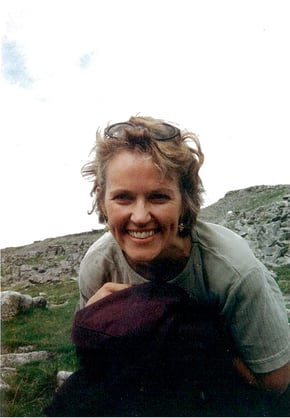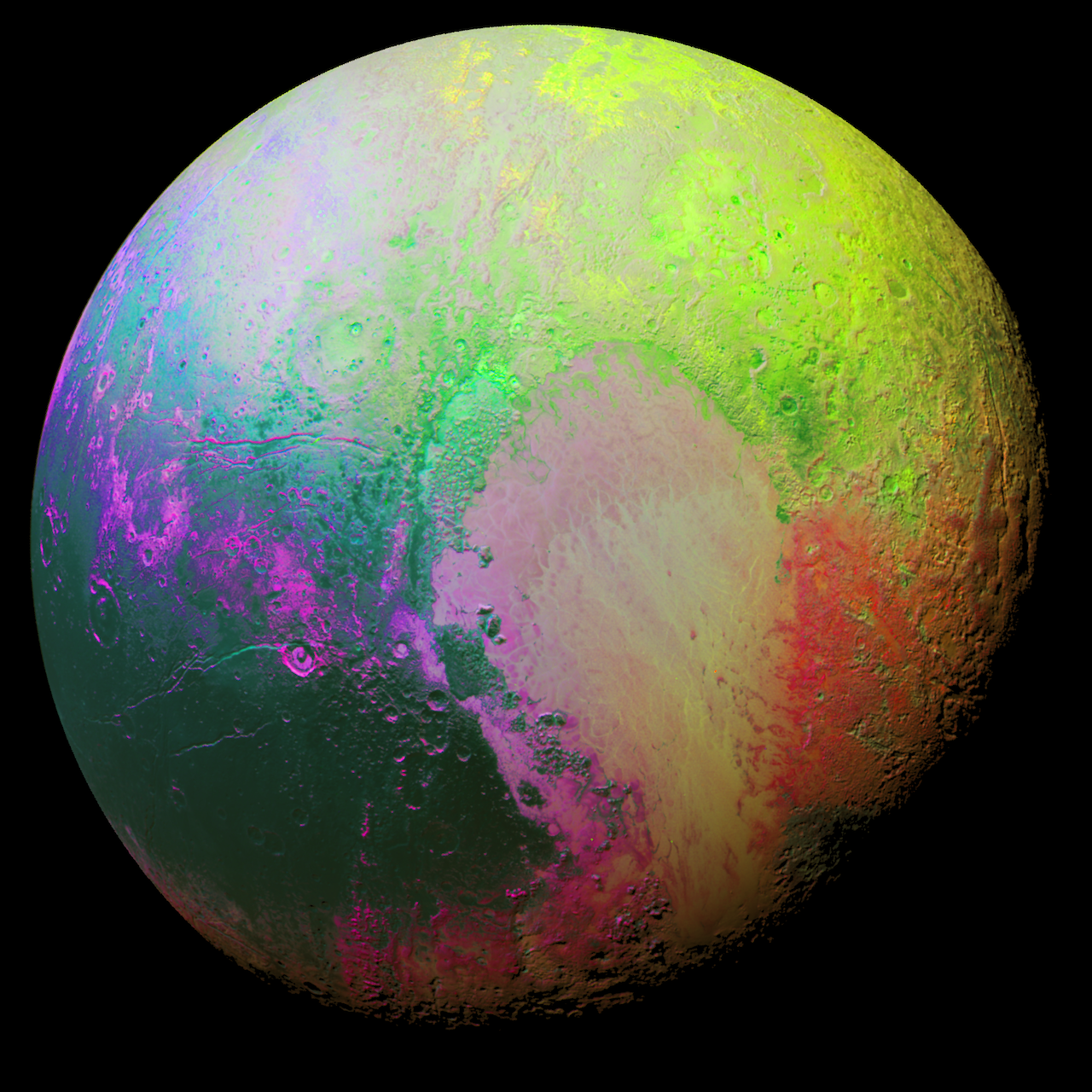We don’t have to be Pontius Pilate to ask this question.
In academic circles and the culture at large, the story is that there is no such thing as “truth.” If there is, most still cling to the idea that truth is what the scientific method can verify, professing this belief dogmatically and definitively.
But even in science there is a creeping doubt about our ability to “know” anything out there.
This fear or doubt is based loosely on a superficial understanding of the “observer effect” on the behaviour of quantum particles: the presence of an observer appears to alter the outcome of a particle’s behavior. This is interpreted to mean that we have no way of knowing what would happen if we hadn’t observed it!
In other words, even what we say scientifically might actually be a false narrative of “reality.”
What really is true?
The unpacking of the word is daunting especially in an age of relativism.
If we listen to St. Thomas Aquinas, the definition he gives can be summed up as “the conformity or equation of the thing and the intellect.” Or if we refer to Anselm of Canterbury, to know is “to comprehend that something could not be otherwise than as it is grasped.”
But don’t these definitions just lead to all kinds of objections, including observer bias, poor sense perception, the world view coloring our perceptions, and the fact that new data requires integration and interpretation? Isn’t this lack of “objectivity” exactly what relativism (truth is relative to time, culture, perspective, and beliefs) is pointing out?
The search for certitude
It could be argued that the search for certitude began in earnest around the time of Descartes. His famous “cogito ergo sum” was meant to be the starting point to a new theory of knowledge that would eliminate doubt and offer a pathway to certitude. His quest never quite succeeded and the question still haunts us: when do we know that we really know something? One Professor wrote an 800 page analysis of this very question.
Bernard Lonergan, SJ wrote Insight: A Study of Human Understanding in the 1950’s in an attempt to examine this question analyzing both the scientific method and the truths derived from philosophy. Although his work goes far beyond the limits of this post, it would be negligent not to mention it.* His insights into insight, however, seem close to Anselm’s definition mentioned above.
In any case, whether or not one is swayed by the philosophical arguments of relativism’s mantra, “There is no such thing as objective truth,” we do not need to look too far to recognize that we predicate much of our existence on the validity of our observations and our experience. For Lonergan this common sense experience can be a valid starting point for true insight.
From creating new medicines and curative therapies, landing satellites on comets, and sending a rocket to the sun, to running airports and trains without collisions, making laws to govern traffic, designing buildings to withstand earthquakes, or monitoring weather patterns to prevent unnecessary death from hurricanes and tornadoes, we are as certain as we can be that we are not trying to capture shadows. We can even examine the nature of our emotions, the effects of trauma and neglect, design activities and interventions that can increase our cognitive abilities, and take quizzes about happiness expecting to learn how to get more of it!
Even the scientific method uses “filters” to glean information.
There is an instructive observation in a post on perspective from the Vatican Observatory:
One of the phrases that is used to describe filtered images is to call them "false images." Yes, the filtered image can look quite different from the original. Yet, when it comes to the science of using filters for the purpose of gathering data, it isn't that the data is "false," but the false image brings forward different essential data that isn't self-evident in the original image .
The author continues with this gem:
It is the odd irony of science that sometimes you need to have a "false image" to gain true knowledge of what you are studying. The best example of this was a false image from the Pluto flyby that had a rather psychedelic appearance. Everyone knew that this wasn't what Pluto looked like. However, it was an essential image for scientists to understand different surface feature on this fascinating dwarf planet.
Skepticism and certitude in science
There seems to be any number of ways that certitude and skepticism play key roles in the scientific method. Consider these words by Fr. Coyne, Director Emeritus of the Vatican Observatory. After noting that he himself had not measured the age of the universe, the velocity of light, or the mass of a proton, he said the following:
When I do my science, I accept what is in the books about those [measurements]... you can't question everything, or you'll never do anything… The other issue, however, is a very interesting one, and always when I start saying to my class, "You know, most scientists would agree that…," I look at myself and I say, "the truth is not democratic! The truth is true or not - regardless of how many scientists think it is true." So there is that element of being skeptical.
A healthy dose of certitude in a relativistic age
The important point to these considerations is that “certitude” is not required, even in science, to make progress, to make “true” observations, and to make decisions based on the best information we have available to us at the time.
This point is an underlying but significant theme to much of Fr. Spitzer’s work on the existence of God, which can be found on the Magis website as well as most thoroughly in his book, New Proofs for the Existence of God.
So when we encounter the dictatorship of relativism, let’s remember the encouraging words of St. John Paul II, echoing the words of the Master Himself: Be not afraid!
For any astronomy buffs or teachers, check out this fun article detailing exactly how to make your own calculation of the moon’s distance from the earth.
*There is a two semester class available online, “Insight and Beyond,” by Dr. Patrick Byrne of Boston College, one of Lonergan’s former students. Another good resource for unpacking this tome is a very accessible book by another former student, Fr. Terry Tekippe, “What is Lonergan Up To in Insight?”
This article is part 2 of a two part series. To view part one, click here.


